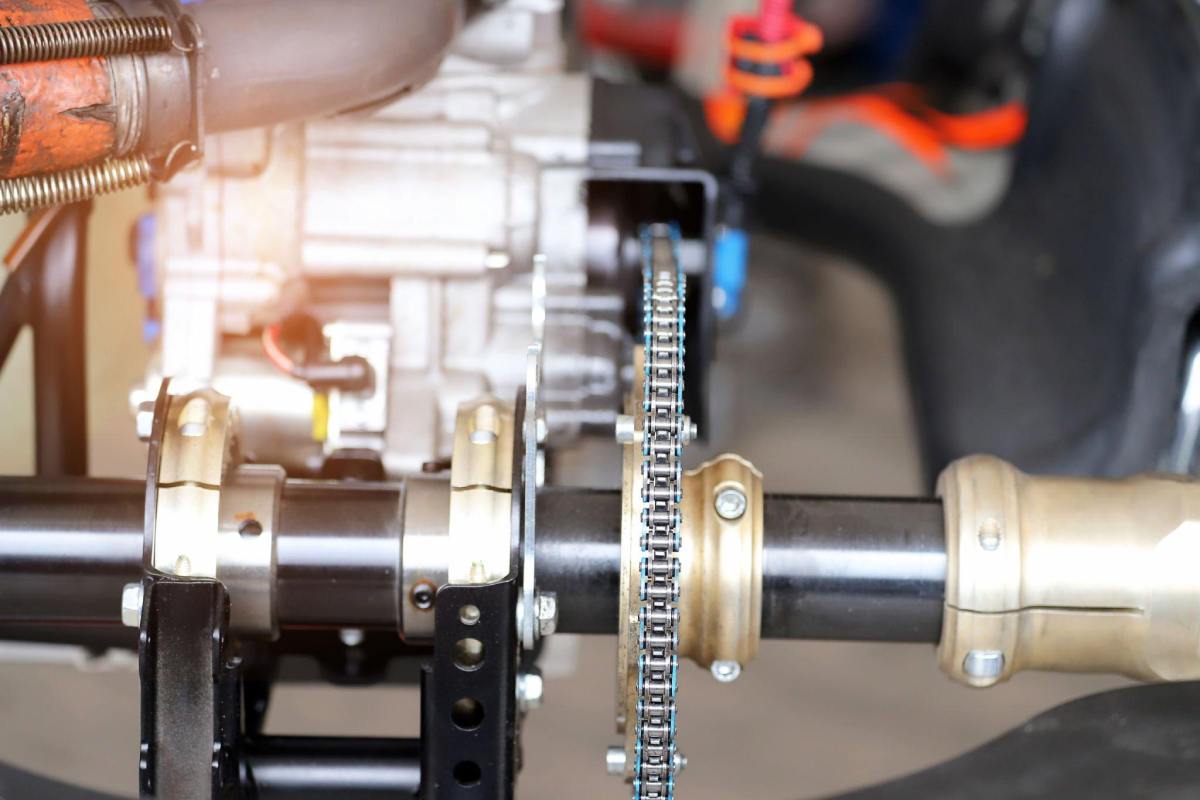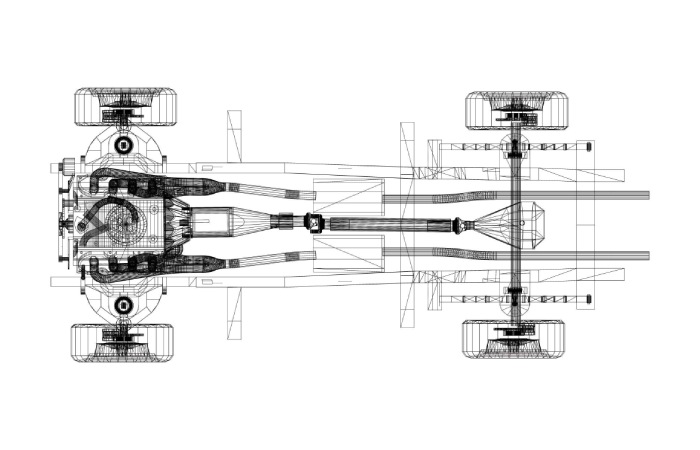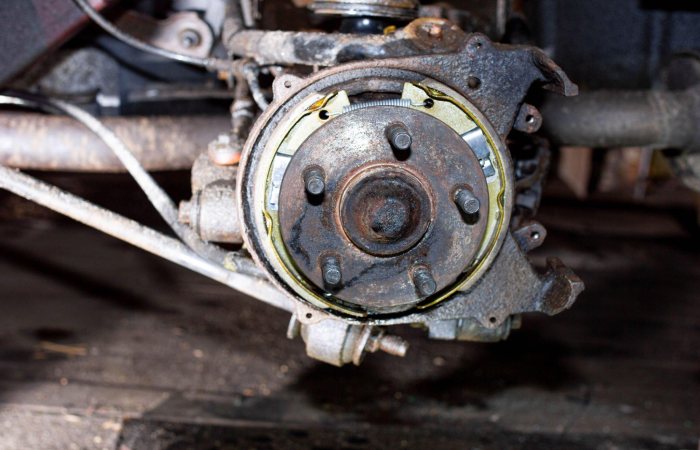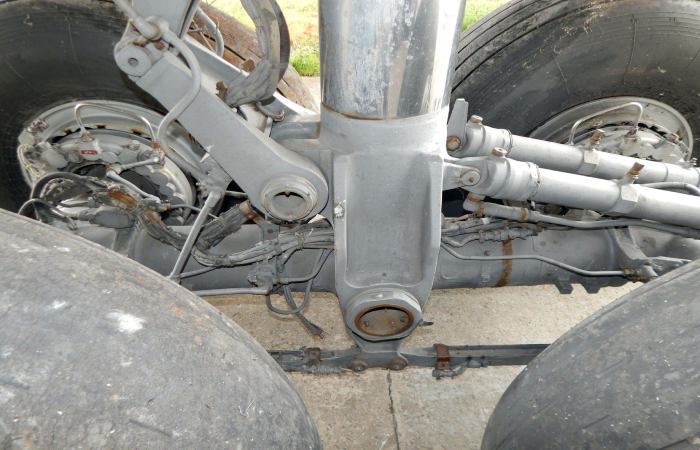Do you need immediate help for your car problem? Chat online with an expert:
In this article we will explain what a CV axis is and how it works. We’ll focus on the common symptoms that may tell us that the part needs to replaced and look at its replacement cost.
What is a CV Axis?
A CV axle is the final shaft of a series of transmission parts that deliver power to the wheels. If your vehicle has independent front and/or rear suspension with all wheel drive (AWD), axles with constant velocity (CV) joints (called axle shafts) will typically used on all four wheels.
Front wheel drive (FWD) or rear wheel drive (2WD) cars with independent suspension will also use these types of drive axles.
Each CV axle will include two constant velocity joints, one at each end of the axle. These joints connect and align the input and output ends of the drive shaft with the adjacent rotating hardware on the driveline.
The CV joint design allows you to transfer power through the rotating interfaces while keeping the input and output sides rotating at the same speed (or speeds). Hence the descriptive term, ‘constant velocity’, in the name of this part.
Related: 5 Bad CV Joint Symptoms (And Replacement Cost)
Faulty CV Axis Symptoms
Being sensitive to your car while driving and maneuvering can allow you to identify emerging problems long before your car breaks down by the side of the road. Keep in mind that any CV axles problems solely the result of CV joint wear and failure, as the axle itself is simply a precision machined cylindrical bar of steel.
The following signs are typical of CV axis problems.
#1 – Strange noises at low speeds
Clicking, popping, or clicking sounds on the right or left side of your car when making a sharp turn at low speed. It can noticed when reversing, such as when pulling out of your garage and making a sharp left or right turn.
See also: 9 causes of steering wheel noise when turning
#2 – Strange noises during acceleration
The same sounds during moderate to hard acceleration, especially when turning even gradually to the right or left.
#3 – Steering wheel vibration
Intermittent steering wheel vibration is sometimes felt when accelerating or cruising at higher speeds. This vibration can mistaken for unbalanced wheel vibration.
Also Read: HOW MANY PAGES SHOULD A CV HAVE?
#4 – Wheel or Tire Grease
Each CV joint sealed within a flexible rubber or plastic sleeve. Grease packed inside this sleeve to provide lubrication to the joint. Over time, this boot can crack or tear. The lubricant will come out quickly (expelled by centrifugal force).
Noticeable symptoms will be gobs or beads of grease on your garage floor or on the inside surface of a wheel or tire. If observed, a detailed visual inspection of the related CV boot required. Any cracks or tears will be easily visible.
If you unable to perform such an inspection, an immediate trip to your local service technician is recommended.
Note: Every time you change the oil, ask the service technician to check the CV axle boots for damage. Quality shops that perform a safety check during an oil change will usually include such an inspection. But specifically asking them to do this is still a good idea.
What Causes a CV Axle to Fail?
The symptoms described above are typical of a CV axle that is in the process of wearing out, but the car may still be drivable. A completely worn CV axle will lock up; then the car is not drivable and must be towed.
#1 – Age
Pretty much everything wears out over time. Given enough miles, the mechanical parts of a CV axle will fail. You should expect the life of these devices to be around 100,000 miles with normal driving.
For some vehicles, the axles will last 200,000 miles or more. Any competition and/or off-road driving will wear out CV axles much faster.
#2 – Drive through deep water
Frequent driving through water to the depth of the wheel hubs of your car. Few drivers encounter these conditions. But such riding can allow water to enter the CV axle boots. This can lead to CV joints corrosion and accelerated wear.
#3 – CV Axle Fail to Start
A cracked or torn boot will allow the joint to lose its lubricant and be exposed to contamination with abrasive road grit. These conditions will result in rapid wear and mechanical failure of the gasket.
How long can you drive with a faulty CV axle?
This question cannot be answered with a specific number of miles. The life remaining in a worn CV axle before it completely fails and locks up depends on the extent of the wear when you first notice any of the symptoms described above.
When any of these symptoms are detected for the first time, it is best to take the car to a service technician as soon as possible.
Can a bad CV axle damage your transmission or differential?
Although rare, a CV axle failure that results in the axle breaking can damage your car’s transmission or differential. Such damage could add considerable cost for repairs needed to make your car drivable again.
CV Axle Replacement Cost
The first question to answer is this. Is there any advantage to just replacing the faulty CV joint or does the entire CV axle need to replaced (which would include two new or remanufactured CV joints)?
In most cases, replacing the entire CV axles is the best option. Although it’s a little more expensive than replacing just one CV joint, there’s a good chance that if one has failed, the other won’t be far behind.
Replacing an entire drive axle with a bad CV joint can cost anywhere from $250 to about $750. About two-thirds of this cost is for labor, so having a DIY expert can perform this service and save some money.
Please note that the entire process will require a partial disassembly of the suspension associated with the faulty axle. The caution here that for older cars and especially cars in northern climates where winter roads very salty, the large nuts and bolts on suspension elements can corroded and extremely difficult to remove.
With maintaining your own car, the use of a repair manual highly recommended. Not only the repair procedures will described in detail, but the necessary tightening torques will also provided.
More information on the best manuals to consider can found here: Chilton vs. Haynes vs. Online – What the best car repair manual?
Also Read: Are Sports Drinks Good For You




